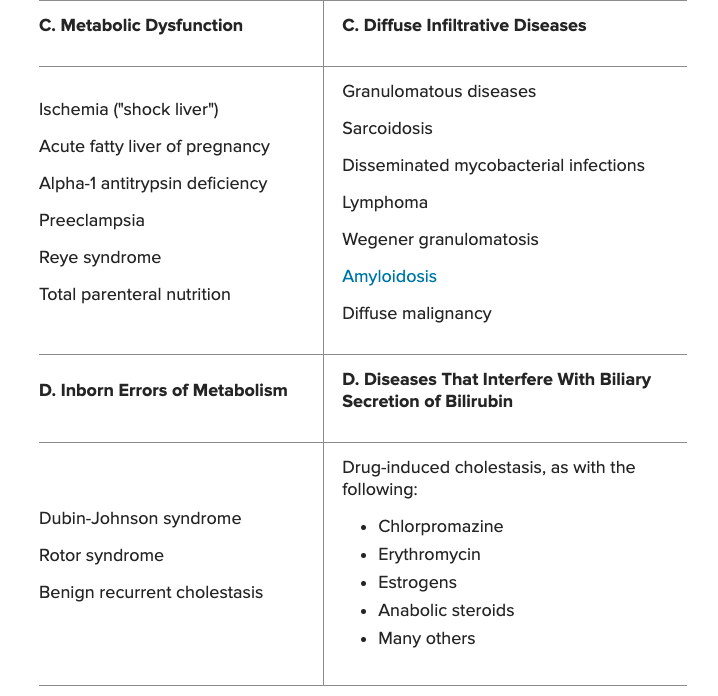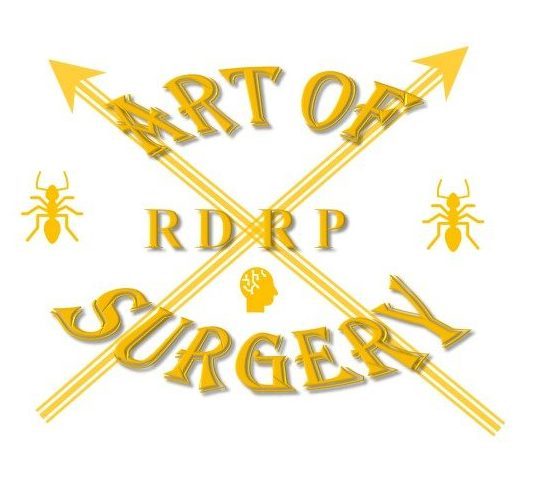Jaundice
Unconjugated hyperbilirubinaemia is due to excess production eg. haemolysis or reduced conjugation eg. Gilbert syndrome
Remember, 80% of bilirubin comes from haemoglobin metabolism, 20% from other haem-proteins such as cytochrome, myoglobin and tryptophan.
Excretion of bilirubin: Conjugated bilirubin is excreted from the hepatocyte into the bile canaliculus by an active transport mechanism. Excretion into bile is the rate-limiting step in bilirubin metabolism. After excretion, bile flows through the biliary ductal collecting system and enters the small intestines. In the terminal ileum and colon, bilirubin is converted by bacterial enzymes into urobilinogen. About 20% of the urobilinogen is reabsorbed from the intestine into the portal circulation, creating an enterohepatic circulation. This recycled urobilinogen may be re-excreted into the bile by the liver or into urine by the kidney. The remaining urobilinogen is converted to fecobilinogen.
Abnormalities in any of the above metabolic steps can cause an increased level of bilirubin in the serum. A rise in serum bilirubin can be measured in unconjugated or conjugated forms. Studies have shown that bilirubin has antioxidant as well as vasodilatory properties. [7, 8]
A rise in conjugated bilirubin can occur from the following three mechanisms:
- Biliary obstruction causing impaired flow of bile into the intestine
Intrahepatic cholestasis
Hepatocellular injury impairing bile formation
Categorical listing of conjugated hyperbilirubinaemia


